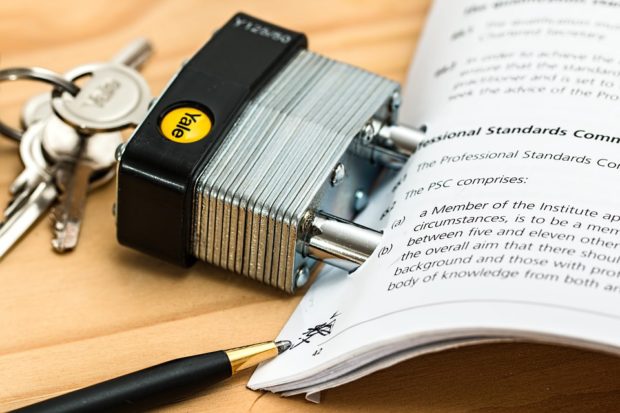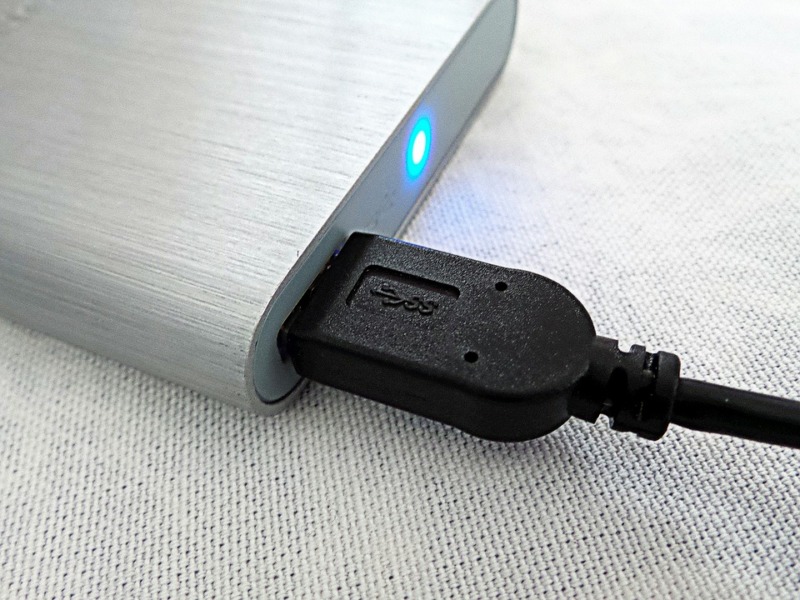5 Ways To Back Up Important Work Files

As agonizing as it can be to lose certain personal files – such as old family photos or videos – on your home computer as a result of a hard drive failure or software bug, the loss of work data can have much more profound consequences.
You may have certain business contracts, invoices or entire projects on your PCs, Macs or other devices that you simply cannot afford to lose in any circumstances. In that case, it makes sense to investigate the many options available for backing up those invaluable files.
Below, we have considered the merits of five of the most popular backup methods.
Backing up to an external hard drive
External hard drives are much like the hard disk drive already found inside your computer. They tend to be small and portable enough to carry around with you. Or even stow away in a desk drawer.
Such a hard drive also tends to be very easy to use. All that you should need to do is plug it in and then drag and drop or copy the files that you would like to back up from your computer’s main hard disk drive to the external hard drive.On the negative side, even external hard drives can fail unexpectedly. Even if it’s rare these days for newer hard drives to fail completely, and if your house burns down or is robbed, you may lose both your original work files and the copies.
Backing up over the web
Various online services exist that give you a quick, convenient and affordable means of backing up your most important work files.
All that you typically have to do is sign up to such a service, such as CrashPlan or Backblaze, agree to a low monthly fee and then download its software. It runs in the background on your PC or Mac, automatically making copies of your files on the service’s web storage. In the event of the original files being lost, you will therefore be able to quickly restore them.
While such online backup services are great for protecting you against whatever disasters may hit your original data, you do normally have to pay for them. And the initial backup may take a while compared to the situation with an external hard drive, particularly if you have a large number of files.
Backing up to the cloud
While cloud computing platforms and services like Microsoft Azure, Dropbox and Google Drive may not be solely intended as online backup services, they can certainly serve that purpose, among many others.
The principle behind cloud storage is simple. You effectively rent server space in a data centre, well away from your home or work, as a place to store your files. All that you need in order to access, edit and share your cloud-stored files at any one time is an Internet connection. Then, all such operations can be performed via a smartphone or tablet as well as from a desktop computer.
Your may decide that your whole business, in fact, could benefit from migrating to the cloud. That way you can take full advantage of its range of possibilities beyond rudimentary storage. However, you should ensure that the exact packages and solutions that you choose are a good fit for your business needs. Look for a dedicated server if you need to back up a company app or gaming.
Backing up to a flash drive
These tiny drives – and we do mean tiny, often measuring no longer than a stick of gum – really do offer the ultimate in portability. Most are even able to be attached to a keychain or lanyard.
Flash drives resemble miniature external hard drives and offer many of the same advantages. Except that as their name implies, they use flash memory, a storage chip that can be erased and reused. They are simply plugged into your computer’s USB port. And then you can drag and drop files onto them via your machine’s usual interface.
As a means of storing important work files, flash drives are compromised by the limited storage space that they offer compared to external hard drives. Even the biggest drives typically only boasting 256GB of space. However, this is still usually enough for several thousand documents or photos.
Backing up to a network-attached server (NAS)
This form of file-level computer data storage server connected to a computer network has been popular since the mid-’90s as a means of conveniently sharing files among multiple computers.
An NAS may be an especially sound investment if you need to back up several PCs. That’s particularly true if online storage space for all of those machines’ work files is too expensive for you. However, when you are purchasing an NAS, you should make sure that the built-in software is capable of backing up multiple PCs and, ideally, your other devices as well.

Don’t be complacent about backing up your data!
Rather than depending on just one of the aforementioned backup methods, it is strongly recommended that you use more than one. Ideally draw upon both onsite and offsite backups. You may, for example, use an external hard drive at your home or workplace as your onsite backup method, and a cloud service like Google Drive as your offsite one.
Whatever you do with your most important work files, by always having a well-considered plan for what you will do if those files are ever lost. Then you can ensure that you are strongly protected against the worst eventuality.
Images: Main Backup

